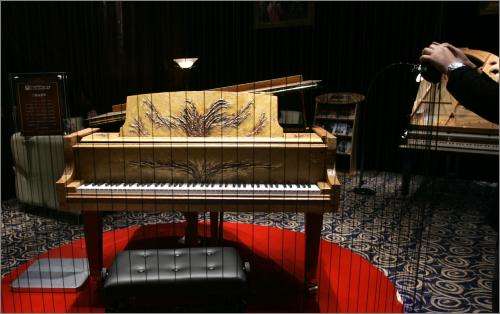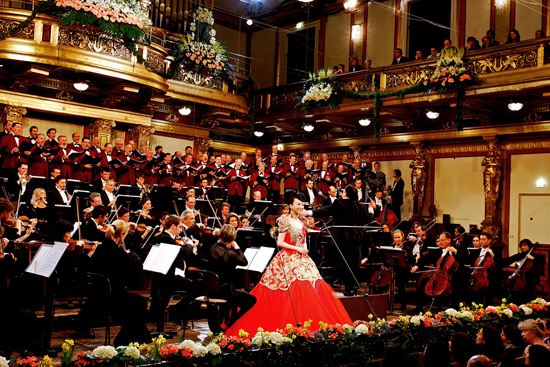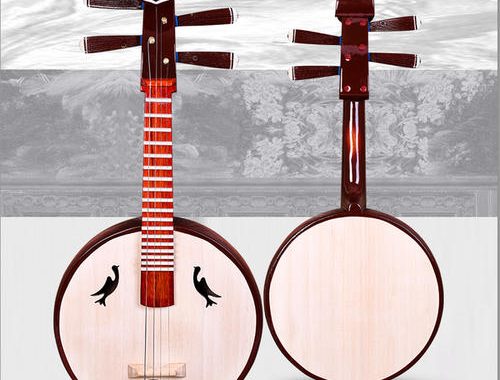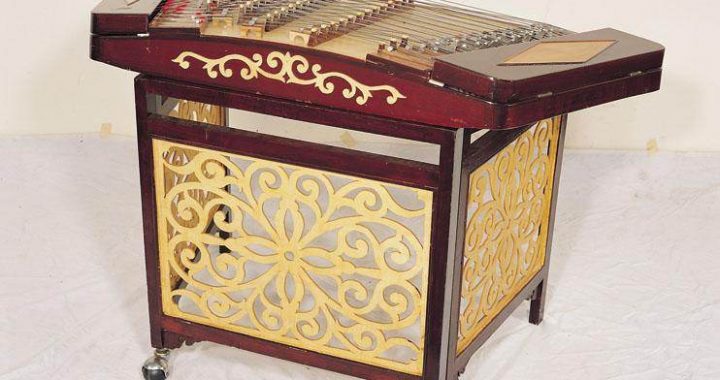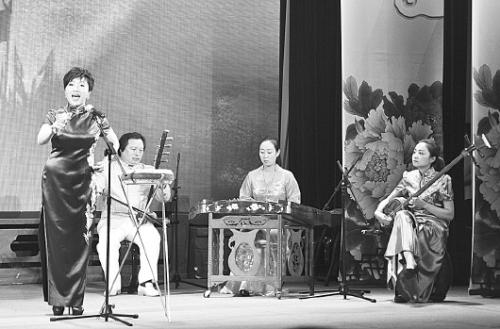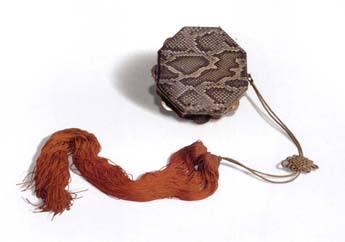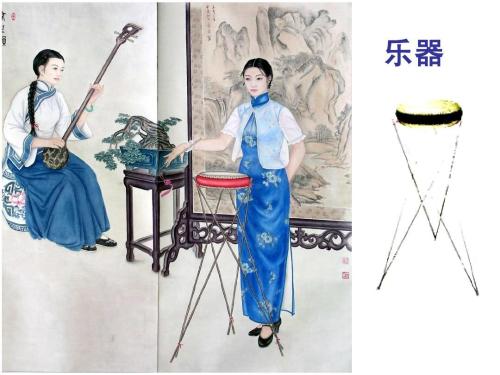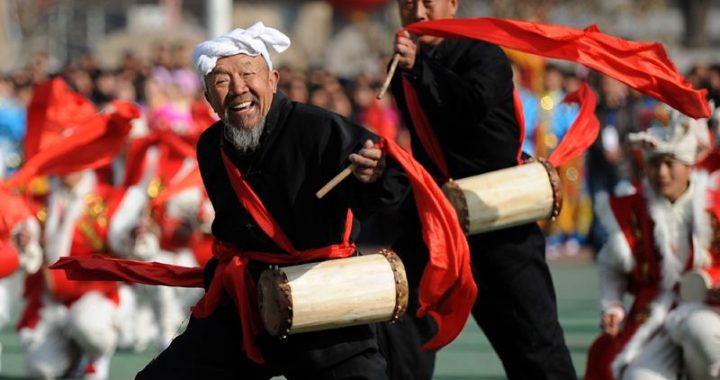sheng (reed pipes)
3 min readInnumerable styles of instrumental music, from the elegant Silk and Bamboo music of the south to the rousing “pipe and wind” music of the north, may be heard in every region of China and among every eth-nic group. Together, their music forms a gorgeous tapestry of Chinese musical instruments.

China’s unique opera tradition: Beijing opera and the “three main instruments” Traditional Chinese opera is a comprehensive art form, deeply imbued with the unique flavor of Chinese culture. Unlike Western theater with a relatively one-dimensional performance style, traditional Chinese opera combines diverse components, including dance, music, acrobatics, martial arts, dialogue, and singing, to create an integrated performing art form. China is a large country composed of numerous eth-nic groups. Consequently, every region and group has developed distinctive styles of traditional opera.
The musical instruments used to accompany traditional Chinese opera are generally divided into two groups — the civil orchestra and the martial orchestra. The civil orchestra, usually a Silk and Bamboo ensemble, is composed primarily of string and wind instruments, and performs melodic, lyrical music.
Different types of regional opera often use characteristic instruments in their civil orchestras, creating the distinctive music for which each style is known. Examples include thejinghu (Beijing fiddle) of Beijing opera, the banhu fiddle used in Shanxi opera, the liuqin (willow lute) of Shandong opera, and the qudi flute of Kunqu opera. Martial orchestras are percussion ensembles, providing intense and rousing accompa-niment. Martial orchestras generally are composed of thegu (drum), luo (gong), bo (cymbals), and bangzi (clappers), as well as a number of distinctive instruments such as the zhangu (war drum) and dabo (large cymbals), and are usually led by the bangu (flat drum).
Beijing opera orchestra
Beijing opera is the most influential and representative of the various forms of traditional Chinese opera,and is often referred to as China’s national opera. The musical accompaniment of Beijing opera is also di-vided into civil and martial orchestras. The civil orchestra is composed of string instruments, such as the jinghu (Beijing fiddle),jing’erhu (both two-string fiddle), yueqin (moon lute), and xianzi; winds such as the di (transverse flute), haidi, sheng (reed pipes), and suona (double-reed horn); and percussion instruments such as the yunluo (cloud cymbals). Thejinghu, jing’erhu, and yueqin form the core of the ensemble, and are referred to as the “three main instruments.”
Jinghu (Beijing fiddle)
Thejinghu (Beijing fiddle), is one of the three main instruments of Beijing opera. It was developed from a traditional bowed string instrument around the time of the mid-Qing Dynasty, with the rise of Beijing opera. Thejinghu is approximately 49 centimeters long, and is made of bamboo with a snakeskin-covered soundbox. The bow is strung with horsehair. There are two strings, tuned a fifth apart and providing a two-octave range. Thejinghu is used to accompany Beijing opera, as well as some other forms of regional opera, and may also appear as a solo instrument. Most of thejinghu’s repertoire of material is drawn from Beijing opera.
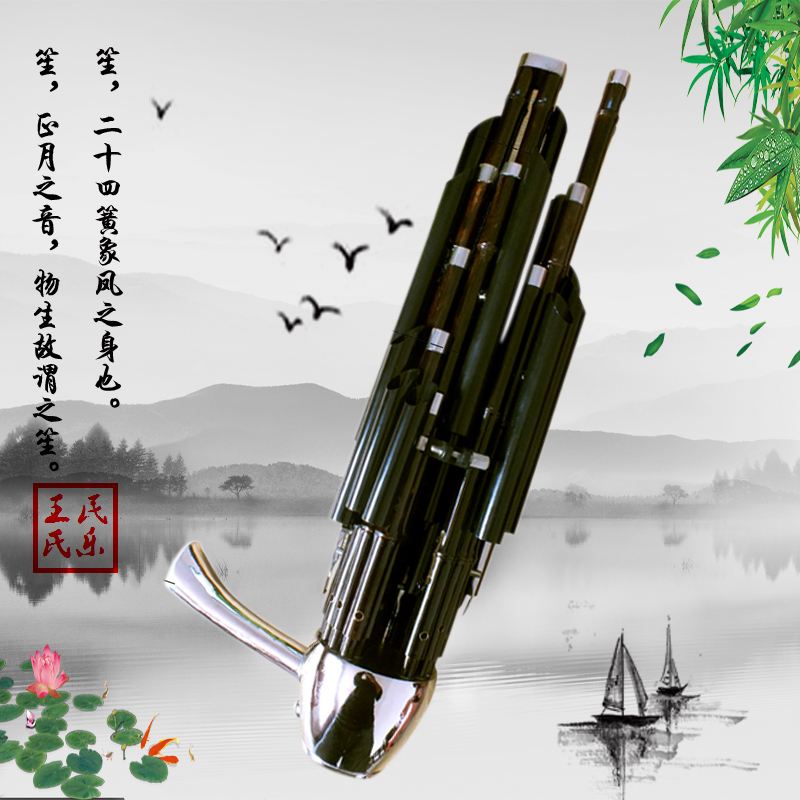
Thejing’erhu (both two-string fiddle), the second main instrument of Beijing opera, was developed during the late 19 20s. It is similar in form and construction to the erhu, but somewhat smaller, with a snakeskin-covered soundbox and a two-octave range. The sound of thejing’erhu andjinghu complement each other extremely well. Thejing’erhu is used primarily to accompany Beijing opera, and occasionally for other forms of regional opera.
